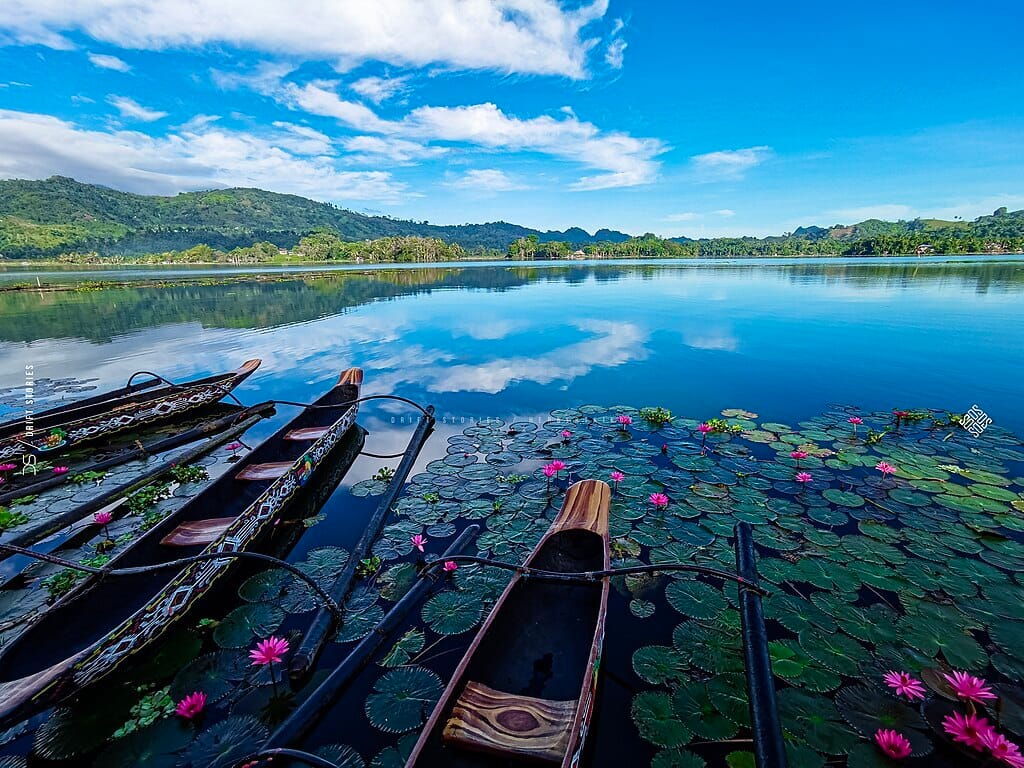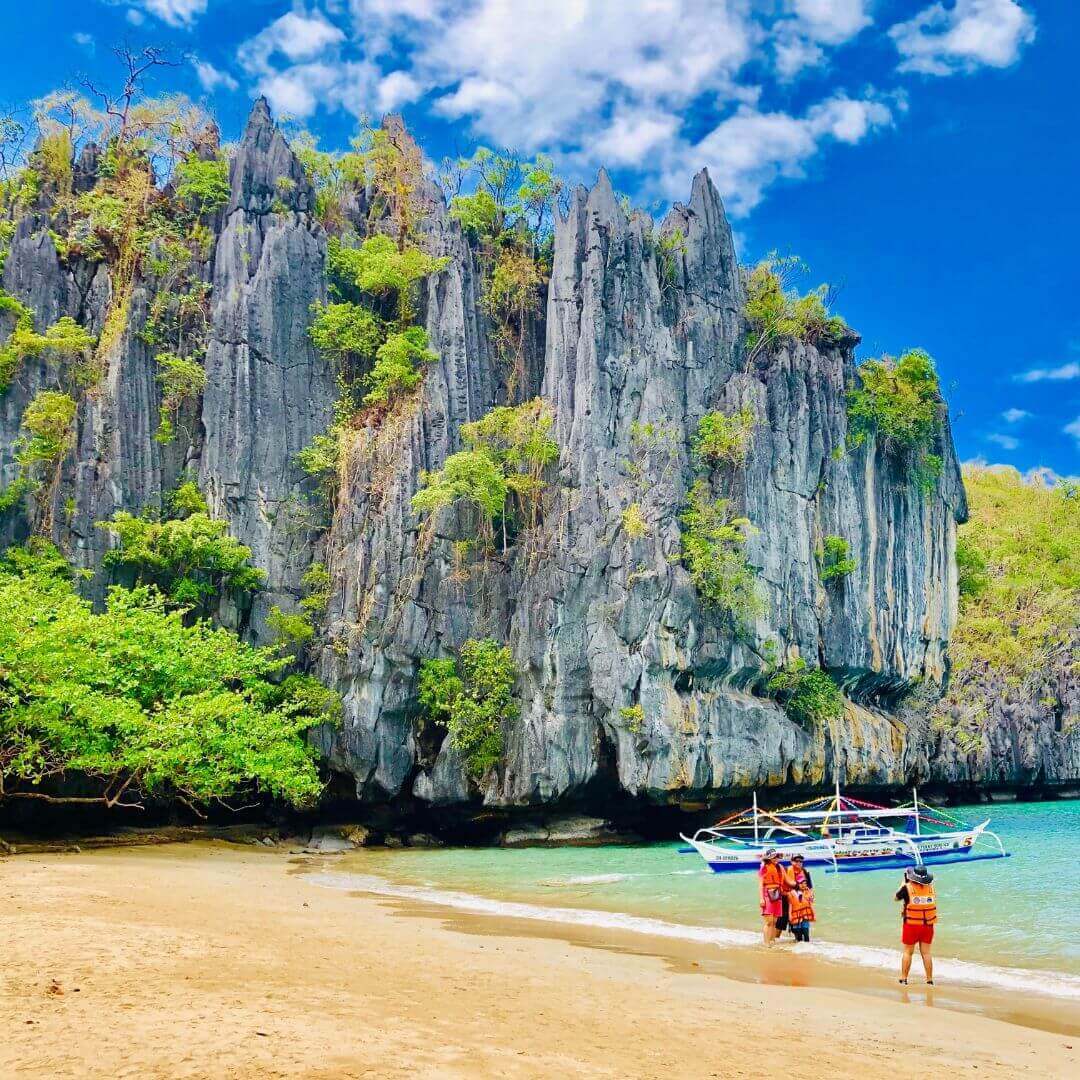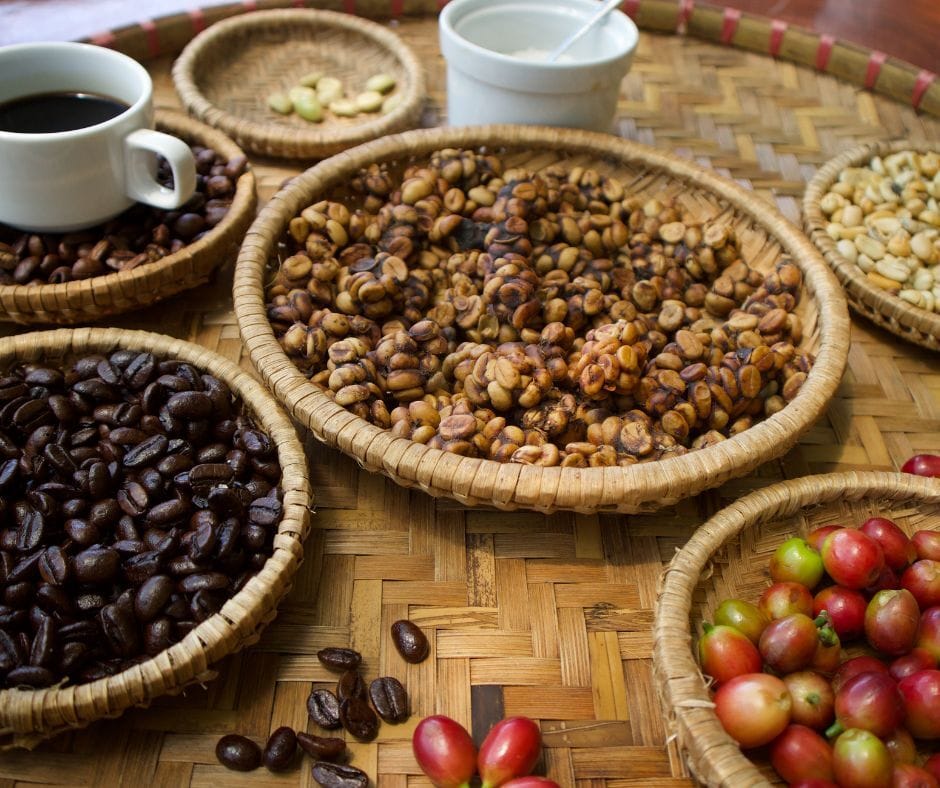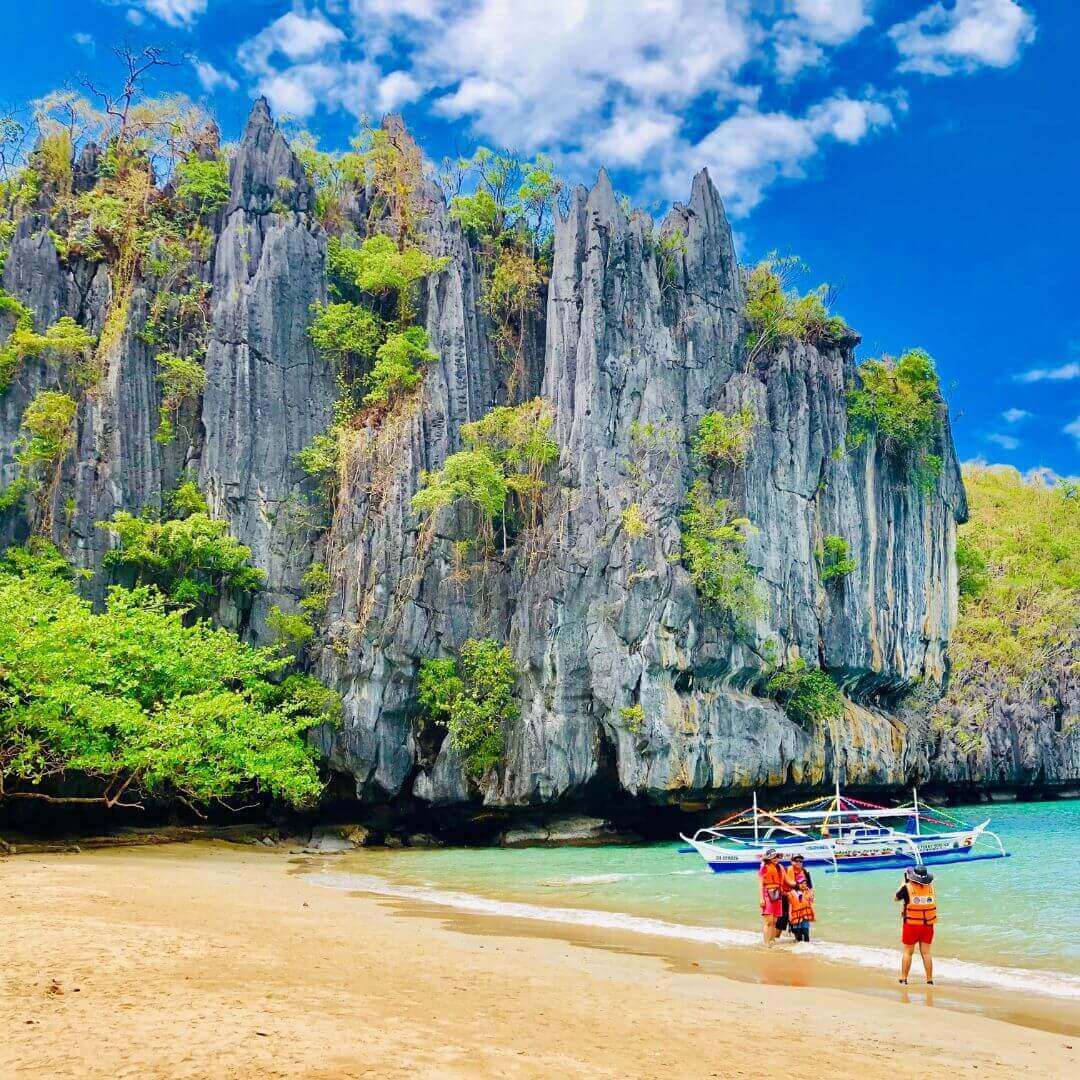- Finding Utopia Newsletter
- Posts
- Top 10 Ecotourism Destinations in the Philippines — Where Nature and Culture Meet
Top 10 Ecotourism Destinations in the Philippines — Where Nature and Culture Meet
Stories: Top 10 Ecotourism Destinations in the Philippines; Philippine Alamid Civet Coffee — A Rare Sip of Forest Heritage; Philippine Salt Culture — More Than Just Seasoning

Hello and Mabuhay!
Welcome to Finding Utopia — your trusted guide to exploring the wonders of the Philippines and beyond.
In this edition, we bring you inspiring stories and essential travel insights to fuel your next adventure:
Top 10 Ecotourism Destinations in the Philippines — Where Nature and Culture Meet
Philippine Alamid Civet Coffee — A Rare Sip of Forest Heritage
Philippine Salt Culture — More Than Just Seasoning
Wherever you're dreaming of going next, we're here to guide you closer to your utopia.
Enjoy the read!
— The Finding Utopia Team
Top 10 Ecotourism Destinations in the Philippines — Where Nature and Culture Meet

The Philippines is more than sun and sea—it is a living gallery of ecosystems, traditions, and conservation stories. In Top 10 Ecotourism Destinations in the Philippines, we explore places where natural beauty, local stewardship, and sustainable travel intersect. These are destinations that promise more than a pretty photo—they offer impact, immersion, and a deeper connection to the land and sea.
Top Destinations & What Makes Them Special
Tubbataha Reefs Natural Park (Palawan)
Often named among the world’s best dive sites, Tubbataha is a UNESCO World Heritage coral reef sanctuary. With strict visitor caps and revenue directed toward conservation, diving here means entering a pristine reef system alive with sharks, manta rays, and vibrant corals.Puerto Princesa Subterranean River National Park (Palawan)
Glide through underground limestone rivers and chambers that carve through dramatic karst formations. This ecotourism icon is celebrated for both its natural wonders and its carefully managed visitor policies.Mount Apo Natural Park (Mindanao)
The Philippines’ highest peak is a biodiversity hotspot. Its mossy forests, orchids like the waling-waling, and habitat for the Philippine eagle elevate every climb into a journey through the archipelago’s ecological extremes.Batanes Islands
Here, nature and culture stay in balance. With rolling hills, stone houses of the Ivatan people, and low-impact tourism, Batanes exemplifies how an ecotourism destination can protect its fragile environment and proud traditions.Masungi Georeserve (Rizal)
Just outside Metro Manila, Masungi is a high-impact example of local conservation. With hanging bridges, interactive trails, and reforestation programs funded by visitor fees, it’s a model for sustainable nature tourism near urban centers.Mount Kitanglad Range Natural Park (Bukidnon, Mindanao)
Towering forests, endemic species, and critical watersheds define Kitanglad. More than 600 plant species and over 200 birds, including the Philippine eagle, call it home. Local indigenous groups actively co-manage tourism and conservation.
How to Travel Responsibly
Leave No Trace: Stick to trails, avoid plastics, dispose of litter properly.
Support Local Communities: Hire local guides, stay in community-run lodges, and purchase local crafts so tourism benefits those who steward the land.
Book Through Eco-Certified Operators: Seek tours that reinvest in conservation, limit visitor impact, and follow sustainable practices.
Respect Wildlife & Culture: Observe animals from a safe distance, and when visiting indigenous areas, ask permission before photographing or entering sacred spaces.
Ecotourism isn’t just about where you go—it’s how you travel. The Philippines is a mosaic of ecosystems and cultures. By choosing destinations that care for nature and empower communities, your journey becomes part of the solution, not the problem.
Dive deeper into every destination and tips in the full guide:
Philippine Alamid Civet Coffee — A Rare Sip of Forest Heritage

Some coffees are just drinks. Kape Alamid is a story, a forest legacy, and a rare sensory journey all in one cup. In the Philippines, this unique civet coffee is more than a luxury—it’s an embodiment of biodiversity, tradition, and ethical craftsmanship.
What Makes Kape Alamid Truly Unique
Wild Selection by the Civet
The journey begins in the Philippine forests, where the Asian palm civet (alamid) forages only the ripest and sweetest coffee cherries. Because the civet is selective, the raw material entering the process is already premium.Natural Fermentation Through Digestion
Unlike most coffees, these beans go through a digestive process. Enzymes in the civet’s stomach break down proteins that cause bitterness, softening harsh edges and enhancing smoothness and complexity in flavor.From Forest Floor to Cup
After the civet excretes the beans, local farmers carefully collect them, clean them thoroughly, sun-dry them, and finally roast them with precision to preserve nuance. Each stage matters to preserve quality and traceability.Flavor That Reflects Place
What you taste is forest, soil, altitude, and region. Kape Alamid often carries earthy, chocolatey, nutty, and subtle fruit notes, with a sweetness and smoothness that stands apart from typical coffees.
Cultural & Economic Meaning
Support for Mountain Communities
Because wild-foraged Alamid must be collected from forests and delicate terrains, its production offers income to farmers and indigenous groups in remote areas. It reinforces their connection with the environment.A Symbol of Biodiversity
The existence of Kape Alamid reminds us of the ecological complexity of Philippine forests and the importance of protecting civet habitats, trees, and ecosystems together.Luxury That’s Ethical
Unlike civet coffees from caged animals, authentic Kape Alamid is wild-foraged, not factory-farmed. Ensuring the beans come from free-roaming civets is vital to preserving both animal welfare and coffee integrity.
How to Experience & Enjoy It
Where to Taste It
Many specialty cafés in Manila offer Kape Alamid in curated settings. For a deeper experience, head to coffee farms in Batangas, Cavite, Mindanao or the Cordillera highlands where it’s produced. Some resorts also include it in their premium offerings.Know What You’re Getting
Authentic Alamid is wild-sourced, traceable, and free from practices that confine or force-feed civets. Labels or origin statements help you spot real ones.Pairing Tips
Because it is smoother and less bitter than regular coffee, it pairs well with light desserts, chocolate truffles, or fruit-based pastries. Let the nuances shine.
When you sip Kape Alamid, you're not just tasting coffee. You’re tasting forests, wildlife, community — a Philippine Forest captured in every drop. It’s rare, it’s refined, and it deserves appreciation not just for luxury, but for what it represents.
Read the full article – Beyond Kopi Luwak: Discover the Philippines’ Exclusive Civet Coffee (Kape Alamid)
Philippine Salt Culture — More Than Just Seasoning

Salt is one of humanity’s oldest allies. It preserves, flavors, and sustains. In the Philippines, salt is woven into the threads of daily life, regional tradition, and cultural identity. Our latest post, Philippine Salt Culture, explores how salt isn’t merely an ingredient—but a living heritage that bridges coastlines, generations, and kitchens.
The Salt Traditions: Roots & Region
Coastal Production in Pangasinan
Pangasinan’s expansive salt beds shine under the tropical sun, making it a longstanding hub of sea salt production. Salt farmers evaporate seawater in shallow pans and harvest by hand—still supplying much of Luzon’s salt demand.The Bohol Legacy & Ash-Filtered Salt
In Bohol, salt-making takes on a unique twist. Producers burn coconut husks to produce ash, then filter seawater through this ash before boiling—yielding a richer, mineral-infused salt.Regional Variants Across the Islands
• Mindoro salt comes from tidal flats and simple evaporation pools.
• Ilocos salt has historical roots, dating to Spanish colonial times, and is still used in local preserves and condiments.
• Cebu artisanal salt blends tradition and innovation, with small producers experimenting with smoked or flavored salts.
• Tawi-Tawi salt links coastal Muslim communities and local food traditions, harvested on tidal shores in small batches.
Asin Tibuok — The “Dinosaur Egg” of Salt
Perhaps the most legendary among Philippine salts is asin tibuok, a rare artisanal salt from Bohol sometimes called the “dinosaur egg” because of its solid, rounded form. Unlike loose grains, it’s a hardened block of salt, meant to be cracked or grated before use.
The process is laborious and spans many months—burning coconut husks, filtering, boiling, drying, and careful finishing. Only a handful of families preserve this technique today. Its rarity and heritage value place it among endangered heritage foods in international catalogues.
Challenges & Revival of Salt Traditions
Declining Output & External Competition
Traditional salt-makers are pressed by climate change, dwindling coastal land, and cheaper imported salt. Many local producers have reduced or ceased their operations.Generational Gaps & Knowledge Loss
The methods are time-intensive, which has discouraged younger generations from continuing. With fewer hands learning the craft, many of these techniques are at risk of disappearing.New Awareness & Market Reach
Media exposure, heritage food catalogues, and online sales are breathing fresh life into artisanal salt. Producers now reach wider markets, helping to sustain these traditions.
Why Philippine Salt Matters
Salt in the Philippines isn’t just a seasoning—it is survival, memory, and identity. It preserves food through seasons, carries minerals from the sea, and holds cultural stories in each grain. Supporting local salt farmers, sharing their stories, and seeking artisanal salts like asin tibuok helps ensure that this heritage doesn’t fade but continues to enrich our tables and culture.
Read the full story: Philippine Salt Culture




Reply